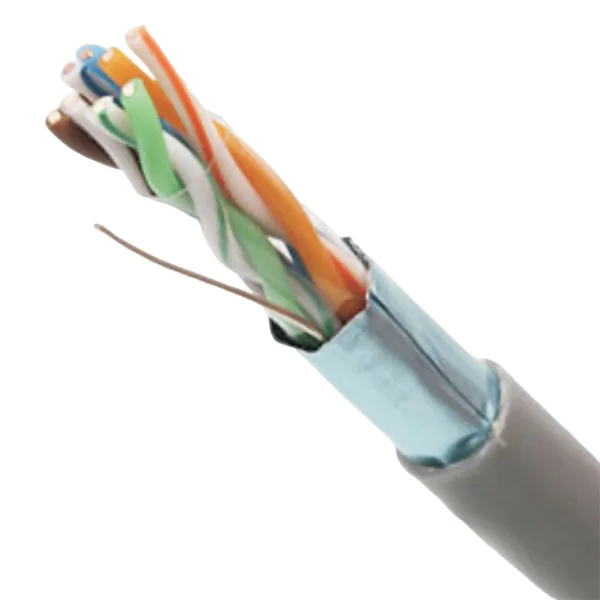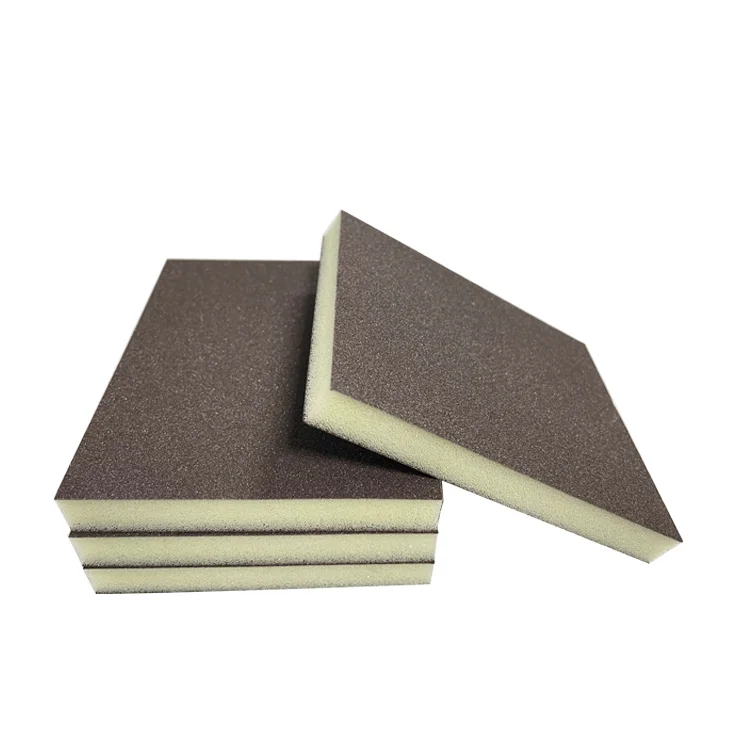In the world of automotive performance, the term boost often evokes images of increased power and speed. However, there are scenarios where lowering boost pressure is not only beneficial but necessary. This is where a boost controller comes into play. In this article, we will explore the intricacies of boost controllers, their functionality, and how they can be utilized to lower boost pressure effectively.
Understanding Boost Pressure
Before delving into the mechanics of boost controllers, it is essential to understand what boost pressure is. In turbocharged and supercharged engines, boost pressure refers to the amount of air forced into the engine's intake manifold, which allows for more fuel to be burned and, consequently, more power to be generated. While higher boost levels can lead to increased horsepower, they can also introduce challenges such as engine knock, excessive heat, and potential damage to engine components.
The Role of a Boost Controller
A boost controller is a device that regulates the amount of boost pressure produced by a turbocharger or supercharger. It does this by controlling the wastegate, which is responsible for diverting exhaust gases away from the turbine when the desired boost level is reached. By adjusting the wastegate's operation, a boost controller can either increase or decrease the amount of boost pressure generated.
Can a Boost Controller Lower the Boost?
The straightforward answer is yes—a boost controller can indeed lower the boost pressure. This capability is particularly useful in several scenarios:
- Engine Safety: In high-performance applications, it is crucial to maintain a balance between power and reliability. Lowering boost pressure can help prevent engine knock, which occurs when the air-fuel mixture ignites prematurely. By reducing boost, you can ensure that the engine operates within safe parameters, especially when using lower-octane fuel.
- Tuning for Different Conditions: Different driving conditions may require different boost levels. For instance, during daily driving, a lower boost setting can enhance fuel efficiency and reduce wear on engine components. Conversely, during track days or spirited driving, the boost can be increased for maximum performance. A boost controller allows for this flexibility.
- Turbo Lag Management: Turbo lag is the delay between the driver pressing the accelerator and the turbocharger delivering boost. By lowering the boost pressure, you can often reduce turbo lag, resulting in a more responsive throttle. This is particularly beneficial in applications where immediate power delivery is crucial.
- Compatibility with Other Modifications: If you've made other modifications to your engine, such as upgrading the fuel system or exhaust, you may need to adjust the boost levels accordingly. A boost controller provides the necessary adjustments to ensure that your engine runs optimally with the new setup.
Types of Boost Controllers
There are two primary types of boost controllers: manual and electronic.
- Manual Boost Controllers: These are simple devices that allow the driver to adjust boost pressure using a knob or dial. While they are cost-effective and straightforward, they require constant monitoring and adjustment, making them less convenient for everyday use.
- Electronic Boost Controllers: These sophisticated devices use sensors and electronic signals to adjust boost levels automatically. They can be programmed to respond to various parameters, such as throttle position and engine RPM, providing a more precise and responsive control over boost pressure. Many modern performance vehicles come equipped with electronic boost controllers as standard.
Installation and Tuning Considerations
Installing a boost controller requires a solid understanding of your vehicle's engine management system. It is crucial to ensure that the controller is compatible with your turbocharger or supercharger setup. Additionally, proper tuning is essential to maximize the benefits of a boost controller. This often involves using a dynamometer to measure power output and adjusting the boost levels accordingly to achieve the desired performance without compromising reliability.
Conclusion
In conclusion, a boost controller is a powerful tool that can effectively lower boost pressure when necessary. Whether for safety, tuning flexibility, or managing turbo lag, the ability to adjust boost levels can significantly enhance your driving experience. As with any performance modification, it is essential to approach the installation and tuning process with care and precision. By understanding how a boost controller works and its potential benefits, you can unlock the full potential of your vehicle while maintaining optimal performance and reliability.



